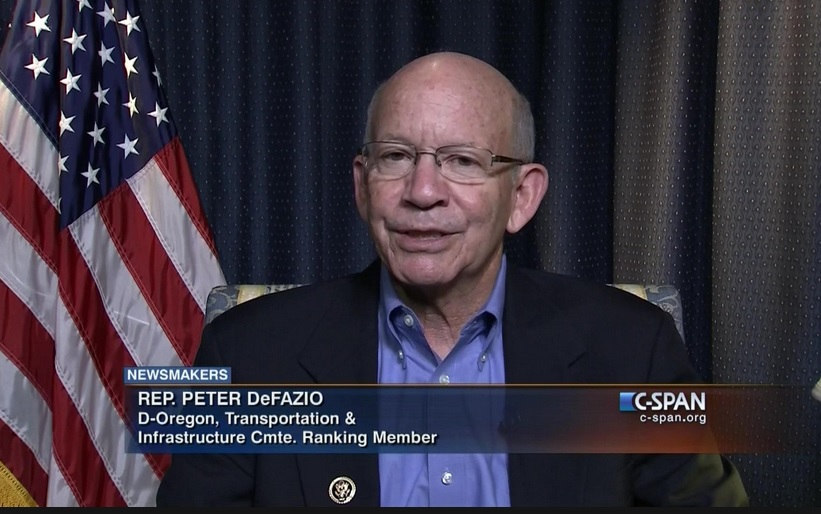The House passed legislation introduced by House Committee on Transportation and Infrastructure Chairman Peter DeFazio (D-OR), the Pacific Northwest Earthquake Preparedness Act of 2019, to help fund an earthquake early warning system that could save lives, reduce injuries, and mitigate infrastructure damage from the devastating effects of a major quake off the Oregon Coast.
“It’s not a question of if a major earthquake will affect Oregon, but when,” said Chairman DeFazio. “When a major earthquake does hit, it’s estimated that thousands of Oregonians will be killed or injured and the state will suffer $32 billion in economic damages. My legislation directs FEMA to identify critical funding to purchase and install an earthquake early warning system that could save thousands of lives, countless injuries, and billions of dollars of damage. It also directs the President to establish an Earthquake and Tsunami Task Force that will develop a strategy to better protect and prepare for major earthquakes and tsunamis on the Cascadia Subduction Zone that could devastate our coastlines. We must take the threat of a catastrophic earthquake seriously, and this legislation is a good first step.”
DeFazio’s legislation would require FEMA to develop a plan and identify the necessary funding for purchase and installation of an earthquake early warning system for the Cascadia Subduction Zone. An early warning system can send alerts to trigger automatic shutdowns of trains, manufacturing lines, close bridges, and protect students in unsafe schools. It can help reduce the long-term economic losses that are often excluded from damage estimates. A warning can have significant impact by alerting citizens of the need to take appropriate action when an earthquake occurs.
“Cascadia poses a unique threat,” said University of Oregon Earth Sciences Professor Doug Toomey. “‘Congressman DeFazio’s legislation recognizes that the “Sleeping Giant” requires an offshore/onshore monitoring system like the one Japan has developed. It would give scientists and the public necessary information that will make us safer and more resilient.”
The University of Oregon, along with the University of Washington and US Geological Survey, operates the Pacific Northwest Seismic Network, one of three seismic networks that make up the backbone of the onshore west coast earthquake early warning system.
BACKGROUND
Oregon’s greatest risk is from the Cascadia Subduction Zone. The Cascadia Subduction Zone, which stretches from northern California up into British Columbia, is the mirror image of the subduction zone off the coast of Japan that caused the magnitude nine earthquake and resulting tsunami in 2011. Historically, the Cascadia subduction zone “slips” every 300 years or so causing major earthquakes. The last quake was in 1700 and evidence suggests it was a magnitude 8.7 to a 9.2. January 26, 2019 marked the 319th anniversary of the last major Cascadia earthquake.
Experts agree that Oregon is due for another major earthquake. Some forecasts suggest there is a ten to twenty percent chance of a magnitude 9 quake on the CSZ in the next fifty years, while others predict a twenty-five to forty percent chance of a major quake on the south end of the CSZ in the next fifty years.
Disclaimer: Articles featured on Oregon Report are the creation, responsibility and opinion of the authoring individual or organization which is featured at the top of every article.


